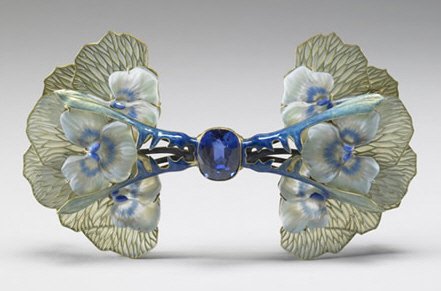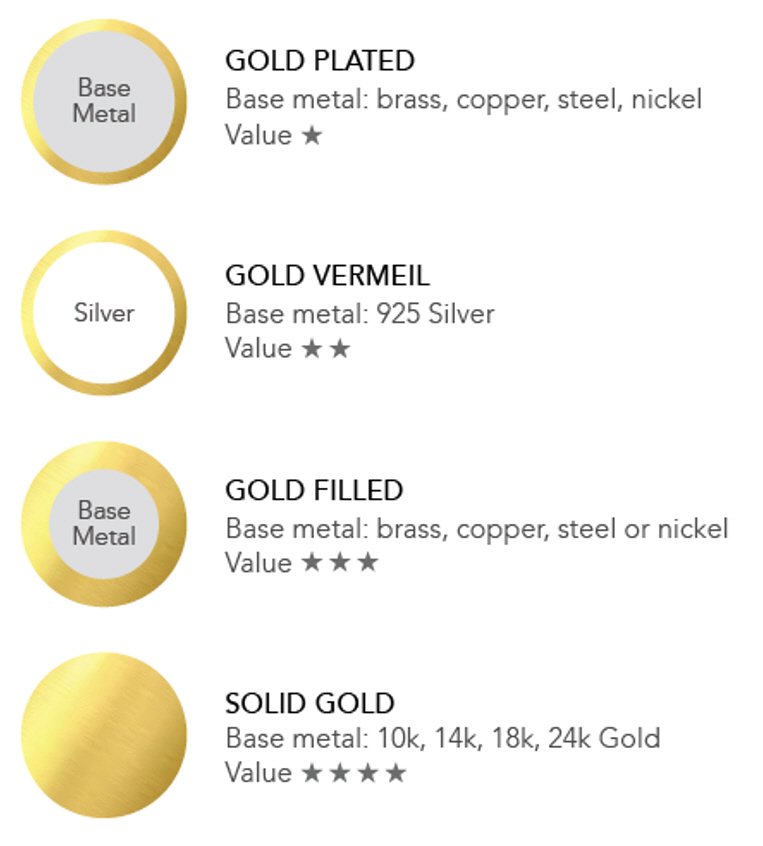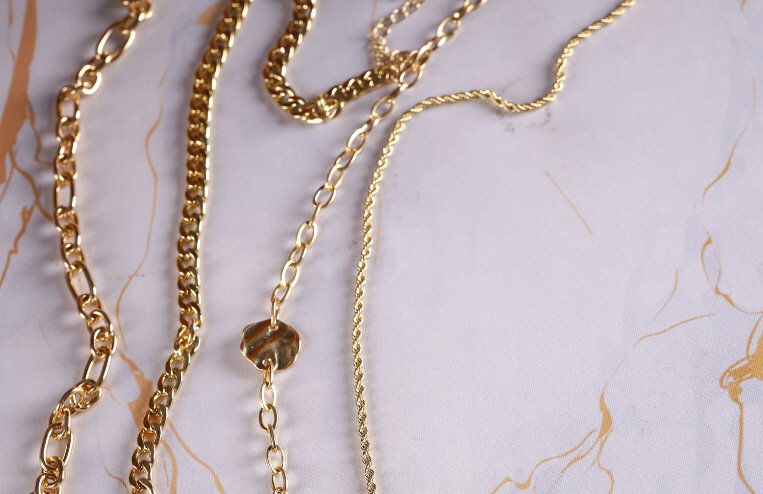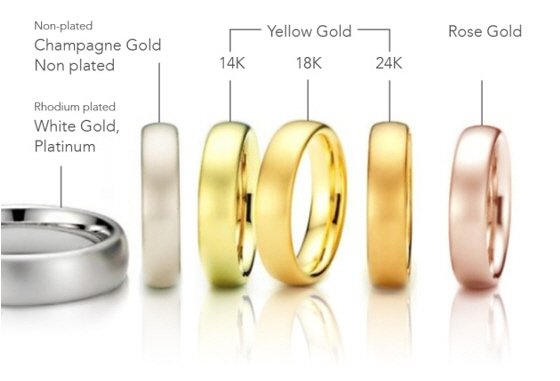
Art Nouveau
The Evolution of Jewelry Trends Through Art Movements
Jewelry trends often draw inspiration from prominent figures, whether it’s the brooches worn by presidents or celebrities, or the dazzling designs showcased in movies and dramas. These trends, however, are not fleeting; their origins stretch back centuries and typically evolve in cycles of around a decade, influenced by the artistic movements of their respective eras.
Today, as the vintage revival gains momentum, let’s explore the rich history and timeless designs of jewelry from the past. Western jewelry in the modern era can be divided into four key periods: the Victorian era, Art Nouveau, Edwardian, and Art Deco.
The Victorian Era (1831–1901): A Time of Opulence
The Victorian era, named after Queen Victoria, who reigned over Britain from 1831 to 1901, marked the pinnacle of the British Empire. While Queen Victoria herself championed moral living, the fashion of the time was anything but restrained. Women’s attire was elaborate and ornate, and jewelry designs followed suit.
Diamonds, emeralds, coral, amethysts, garnets, and cameos were popular gemstones of the era. What set Victorian jewelry apart was the intricate craftsmanship of its metallic components. Rather than leaving metal surfaces smooth, they featured detailed carving, milgrain techniques, and other labor-intensive finishes. These decorative touches added to the overall grandeur and uniqueness of each piece.
Art Nouveau (1890–1914): Nature’s Flowing Elegance
The Art Nouveau movement, which means “new art” in French, flourished from 1890 to 1914. It sought to break away from traditional decorative styles by drawing inspiration from nature. Unlike the symmetry and linearity of earlier designs, Art Nouveau celebrated organic curves and fluid lines.
Motifs often included flower stems, buds, grapevines, and the patterns found in insect wings. Sensuous, elongated depictions of women, mermaids, and fairies were common, emphasizing femininity and grace. To capture these intricate details, designers used pearls, opals, moonstones, aquamarines, and tourmalines, creating a palette of soft, iridescent hues.
Techniques such as enamel work added vibrant color and texture to metal surfaces, elevating the artistry of each piece. Japanese art and culture also influenced the movement, introducing a refined elegance and understated beauty that contrasted with traditional European opulence.
Art Nouveau spread across Europe, adapting to the cultural context of each region. This period marked a shift in the perception of jewelry—from mere adornments to valued works of art with profound creative significance.
<Philippe Wolfers 1858-1929>
<Georges Fouquet 1862-1957>
<René Lalique 1860-1945>





